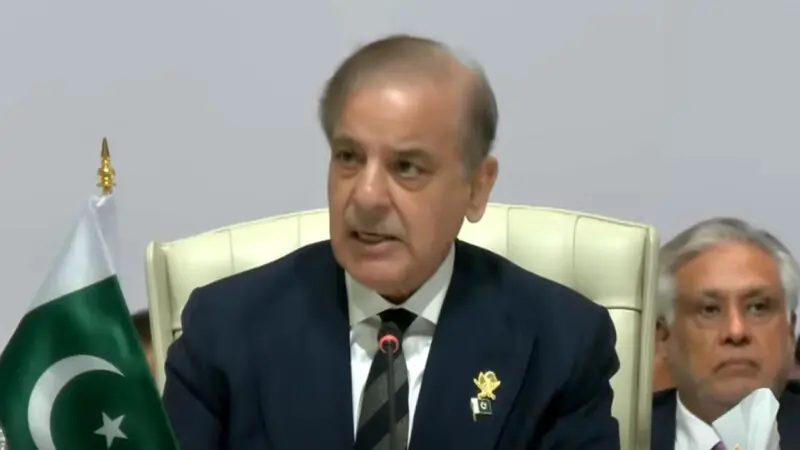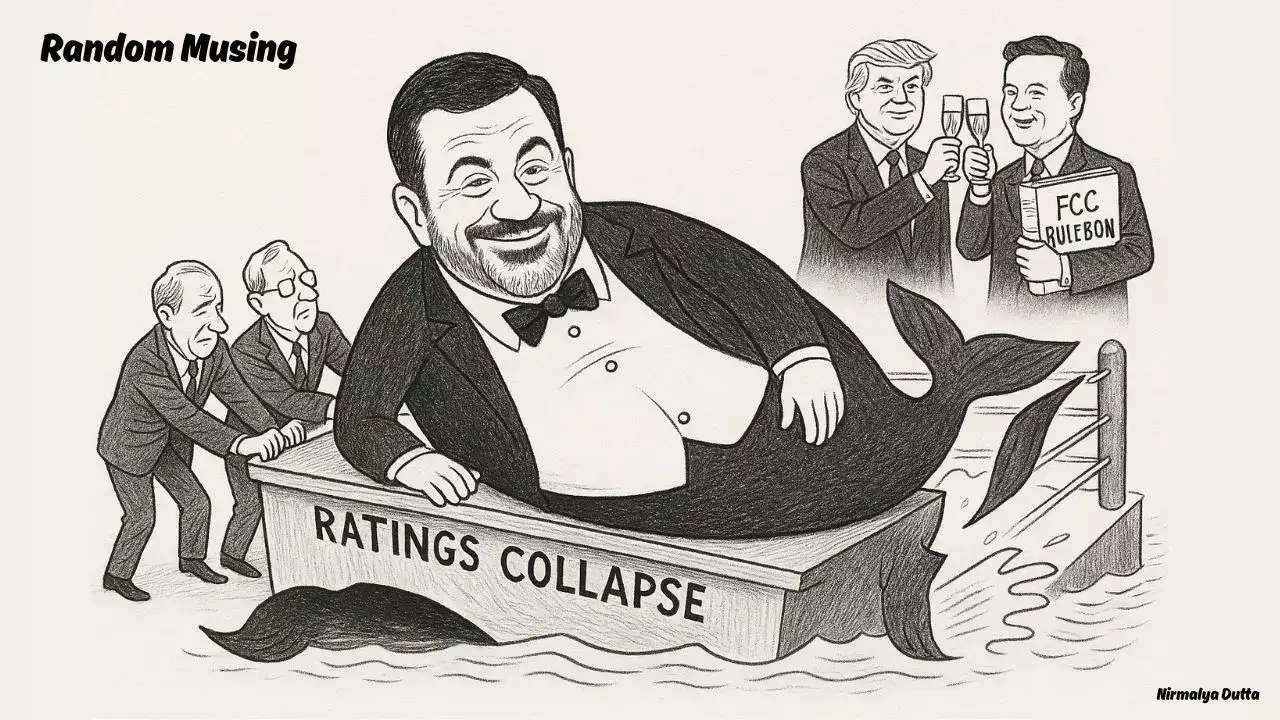By Rachel Cunliffe
Copyright newstatesman

The traditional answer is of course the Conservatives, long associated with the English upper classes and opposing things like inheritance tax or VAT on private education. Labour is, by its very name, supposedly the party of working class – of redistribution, of the many not the few, those who could never dream of spending tens of thousands of pounds to send their children to private school. Reform is too new to have any traditions, but given its positioning to the right-coded side of the shifting political ecosystem, you might have assumed them to occupy a similar space to the Tories.
So the analysis this week from More In Common mapping voting intention onto school type makes fascinating reading. Reform – a party led by a man who went to an expensive public school (Nigel Farage: Dulwich College), co-led by a man who went to an expensive public school (Richard Tice: Uppingham) and which has just welcomed as its newest high-profile defector from the Tories a man who went to an expensive public school (Danny Kruger: Eton) – leads among voters who went to bog-standard state schools, at 33 per cent compared to Labour on 20 per cent. The Conservatives don’t lead with any group, but achieve their greatest support – 23 per cent – among people who went to selective grammars (state and privately educated voters are equally unlikely to support them, at 17 per cent).
And Labour? Keir Starmer’s party, with the most state educated cabinet in history (every cabinet member spent the majority of their education at a school without fees), which has made taxing private schools one of its flagship policies, enjoys a decisive lead among alumni of said private schools, who back Labour by 38 per cent compared to Reform’s 25 per cent.
Given that only around 6 per cent of pupils attend a fee-paying school (a figure that has remained pretty constant for the past quarter of a century and never hit above 8 per cent), this is unlikely to be all that comforting to those planning Labour’s electoral strategy. But in broader terms, it’s a useful illustration of how the electoral landscape is changing – and what the parties might want to do about it.
Private education is by no means the only factor in determining class (a concept that can be tricky to define or map onto the realities of 21-st century Britain), but it’s a pretty good proxy. So what explains the fact that the privileged seem happy to flock to Labour in spite of its redistributing ethos, while Reform is hoovering up mainstream appeal?
According to Luke Tryl, UK director at More In Common who conducted the research, the answer requires a rethink of how electoral blocs were. More In Common has previous split the UK electorate into seven segments (as Ben Walker analysed earlier this year). Since the election, Labour has managed to hold on best to voters in the “established liberals” segment (“a prosperous, confident segment who believe the system broadly works as it is and who trust experts to deliver continued progress”), while losing support in all others – from which Reform is benefiting.
“The Cameronite-Conservative group, who are most satisfied with the status quo, are sticking with Labour the most, because they don’t see the need for radical change, and think Labour’s incrementalist approach is delivering,” Tryl tells me. “On the flipside, the segments most dissatisfied with status quo are going elsewhere – particularly to Reform.”
Established liberals are (along with “progressive activists) the segment most likely to be university educated, and by some way the most likely to feel very or relatively comfortable financially. This helps explain the private school analysis. “Those for whom the current system is working better are going to be more likely to back Labour as a pro-system party,” Tryl adds. “The reverse is true of those who think system isn’t working for them and don’t view tearing it up as a risk.”
The pro- or anti-system framing is a useful way at looking at how the electorate has been fragmenting over the past decade. Take Brexit sentiments: whether on the left or right, voters who thought the status quo was broadly working were more likely to support staying in the EU; those who thought the status quo was broken wanted to leave. With the disintegration of the Conservatives, people who might ten years ago have backed David Cameron have found a new home. Labour might not be the party of the upper classes, but it appears to have become the party of people who are comfortable enough with what we have right now that they don’t feel the need to risk radical change.
Those voters, however, are in a minority. All other voter segments are on the hunt for alternatives further away from the mainstream. Reform is the main beneficiary of this anti-establishment sentiment, but there is space on the radical left too. Just look at the potential support for the nascent far-left Corbyn party, or the opportunity for the Greens under their new eco-populist leader Zack Polanski.
This analysis explains why Labour is struggling to cut through on the working-class front, despite the much-heralded educational make-up of the government – again, for the first time in British history, they all went to state schools. But it doesn’t explain why Reform’s quotient of “posh blokes” seems not to matter. Why does Starmer’s knighthood still come up in focus groups (with voters assuming it’s a hereditary title that makes him decidedly upper-class, no matter how many times the Prime Minister reiterates that his father was a tool-maker), but Farage, who went to one of the most expensive schools in the country, is seen as a man of the people, as was Eton-alumnus Boris Johnson?
The answer, says Tryl, is “authenticity”. Voters care less about someone’s specific background and circumstances, and more about “authentic communication that makes it look like you’re not an identikit politician” – something Farage has unarguably mastered, as has Angela Rayner. He notes that much of the discourse within Labour over nominations for the deputy leadership contest missed this key context, with the focus on representation and insistence that Rayner’s replacement needed to be a working-class woman from the north, just as she had been.
Rayner, Tryl says, “wasn’t good because she was working-class, she was good because she was an authentic communicator, and being working-class was part of what motivated her politics”. Both Bridget Phillipson and Lucy Powell are working-class northern women (and neither of them attended fee-paying schools), but this won’t necessarily be interpreted by the public as “this means Labour understand the working class”.
All in all, the big question for Labour is less about which class the party best represents, and more about how to convince an increasingly sceptical nation that the status quo is fixable and can be made to work for them. Being the pro-system party at a time when the majority feel the system is broken is not an electorally comfortable place to be.



